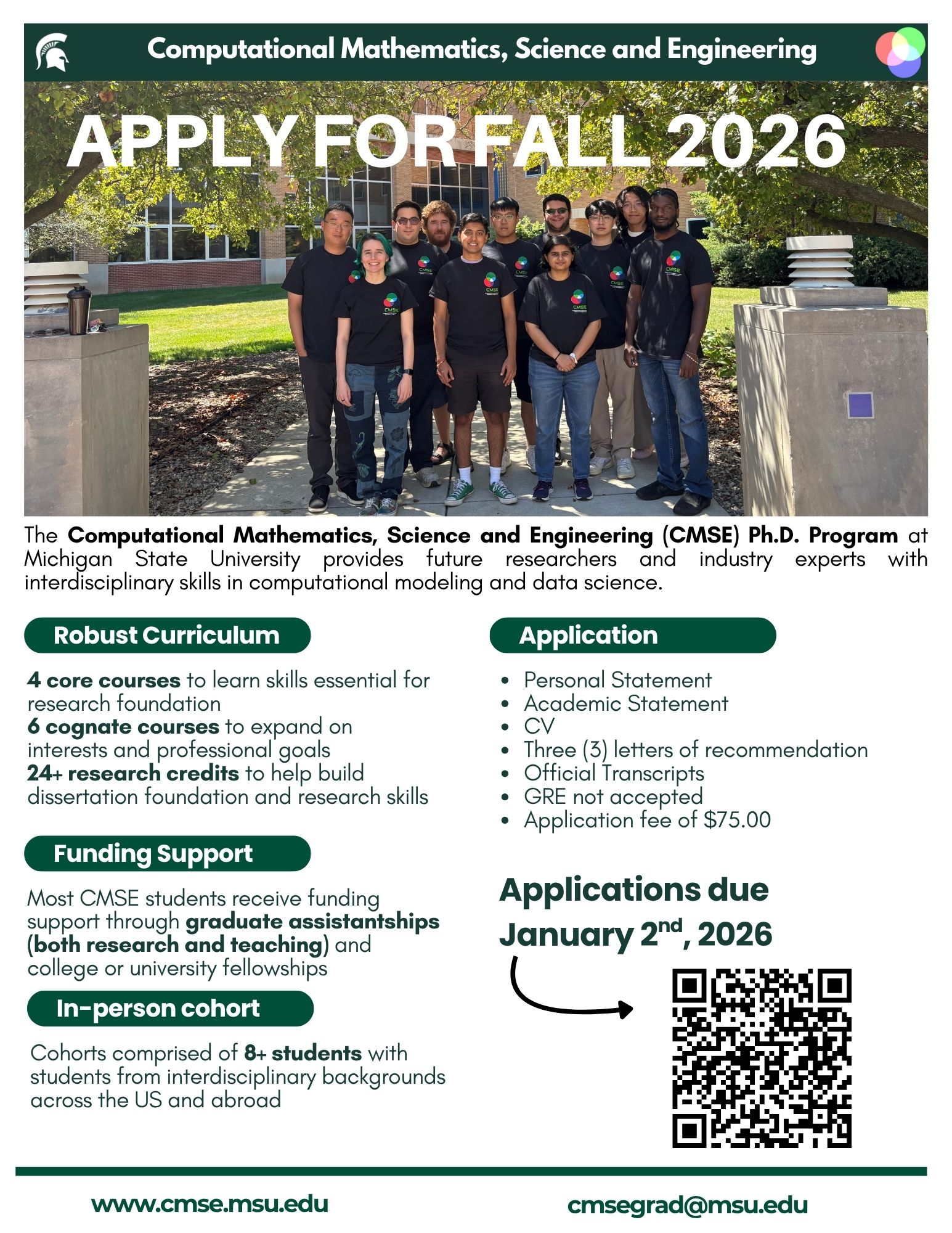Theory Seminar
Georgios Palkanoglou & Ryan Curry
University of Guelph, Canada
Friday, August 18, 2023 @ 3 PM In-person 1200 LAB
Online Zoom ID 976 2602 8072 (48824)
“Novel pairing and testing EFT interactions in neutron matter and nuclei”
Nuclear pairing, the tendency of nucleons to form pairs, has important consequences to the physics of neutron star crusts and heavy nuclei. While the pairing found in nuclei typically happens between identical nucleons and in singlet states, recent investigations have shown that certain heavy nuclei can exhibit triplet and mixed-spin pairing correlations in their ground states. In the first part of this talk, I will discuss new investigations on the effect of nuclear deformation on these novel superfluids. Signatures of these pairing effects can be directly seen in nuclear experiments on spectroscopic quantities and two-particle transfer direct reaction cross sections. Indirectly, pairing correlations of nuclear superfluidity can be probed in cold-atomic experiments utilizing Feshbach resonances. On that note, preliminary results on phenomenological investigations of s- and p-wave pairing in cold-atomic gases will also be discussed.
One of the challenges faced while studying the nuclear many-body problem is the nature of the nucleon-nucleon interaction. In recent decades, models for the nucleon-nucleon interaction were produced from a power counting expansion in Chiral Effective Field theory (EFT). These modern nuclear interactions have an advantage over previously used phenomenological potentials, since they have a direct connection to the symmetries of the underlying theory of QCD. To investigate the nuclear many-body problem, we employ an ab initio Quantum Monte Carlo (QMC) approach. Combining these two tools, non-perturbative QMC methods and the perturbative Chiral-EFT interaction, leads to a contradiction as historically it has been very difficult to calculate perturbative corrections higher than first order in most ab initio methods. In the second part of this talk, we discuss our recent work (arXiv:2302.07285) where we made significant progress in calculating the second-order perturbative correction in a QMC context. To show this, we explore a variety of nuclear systems that have a direct application to neutron-rich systems such as the inner crust of neutron stars. In addition, we also apply this new method to probe the perturbativeness of modern chiral EFT potentials and discuss the implications for nuclear many-body physics.



